Not all design tricks are worth the aesthetic payoff. In fact, some popular home “hacks” can invite serious issues like pests, mold, or mildew. From overused barn doors to tightly sealed spaces, a few trendy updates may come with uninvited consequences. Before you commit to a look you saw online, it’s worth considering what might be lurking behind the scenes.
1. Indoor Herb Gardens
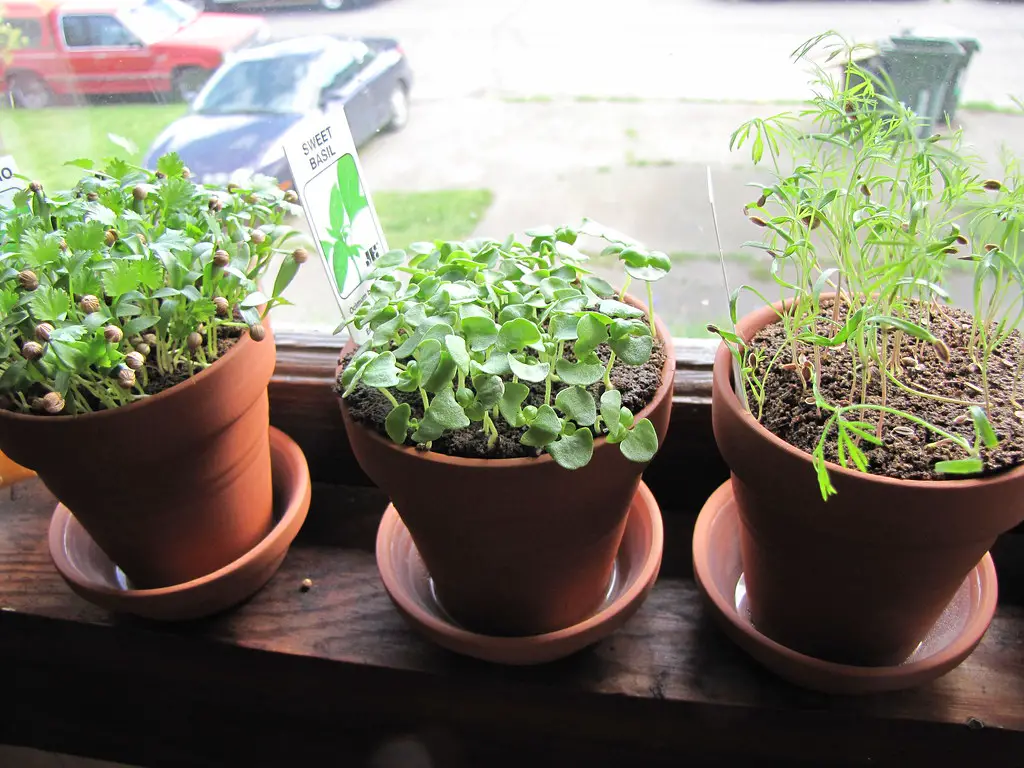
Indoor herb gardens have surged in popularity, but says Bloomscape, they can easily lead to a pest problem. The moist soil and warm indoor temperatures are perfect for gnats and fruit flies. Overwatering or poor drainage can cause mold growth in planters and surrounding areas. A well-meaning culinary corner can become a pest hotspot if not managed carefully.
The appeal of fresh herbs at your fingertips is understandable, but so is the risk. Insects are drawn to the organic material and can quickly multiply. Once inside, they may move on to other houseplants or food sources. If you want herbs indoors, ensure good airflow and avoid constant moisture.
2. Wallpaper in Bathrooms
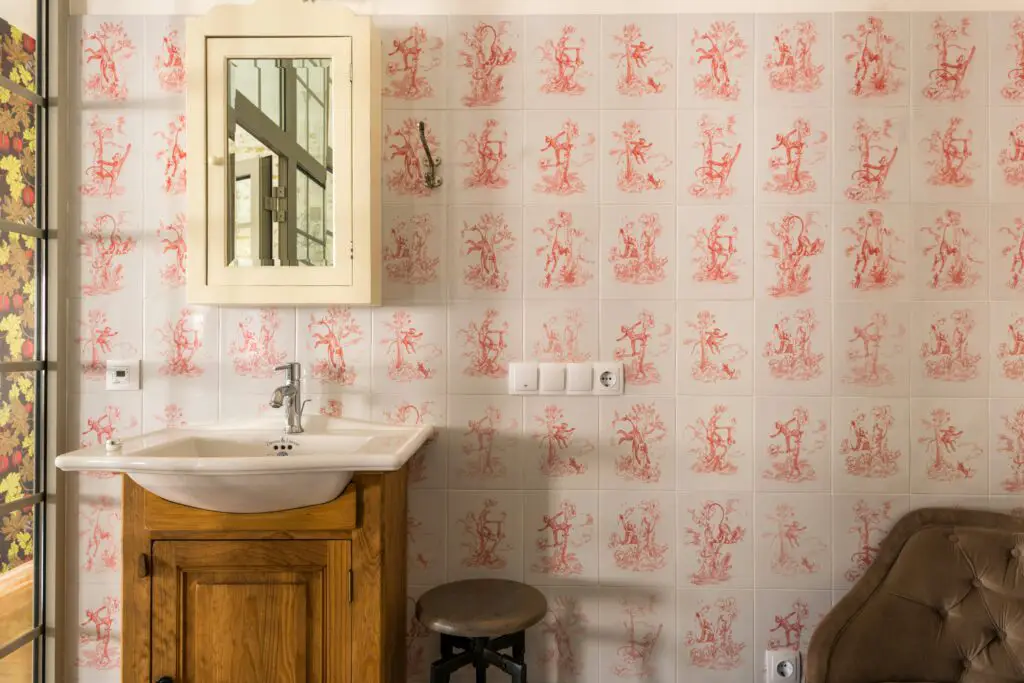
Wallpaper in high-humidity zones like bathrooms can seem stylish, but The Spruce warns it often becomes a breeding ground for mold. Even “moisture-resistant” wallpaper can peel or trap water between layers if ventilation is poor. Bathrooms naturally collect steam, which can seep into seams and cause hidden damage. Mold behind wallpaper isn’t just unsightly—it can be a serious health concern.
Small bathrooms with minimal air circulation are especially vulnerable. Without proper sealing and ventilation, moisture builds up quickly. Even daily showers can push the limits of what wallpaper can handle. Tiles or water-resistant paint may be safer bets for damp areas.
3. Faux Wood Paneling
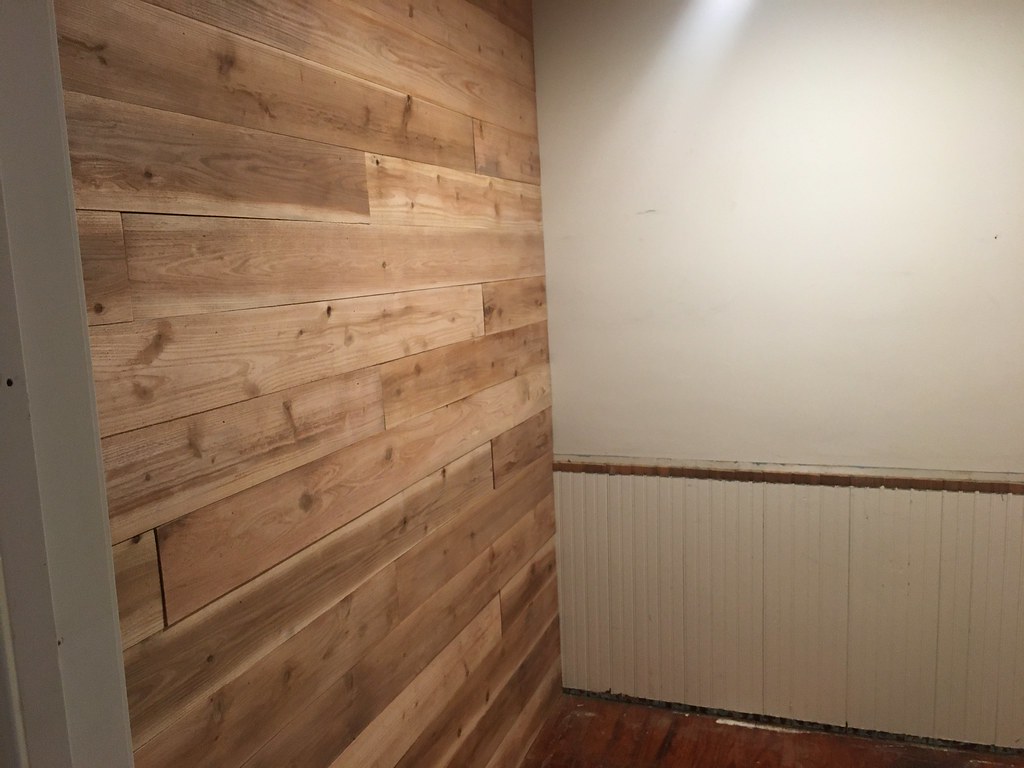
According to House Beautiful, faux wood paneling—especially the cheap vinyl type—can trap moisture behind its surfaces. When installed improperly, it allows for condensation and humidity to gather between the wall and the panel. This environment is ideal for mold, mildew, and even termites. What begins as a rustic aesthetic might turn into a long-term maintenance headache.
The porous material often used in low-end paneling doesn’t help. Mold spores can grow undetected for months behind dark, sealed areas. If a leak happens, drying out the space becomes nearly impossible without full removal. It’s a classic case of style outweighing function.
4. Open Kitchen Shelving
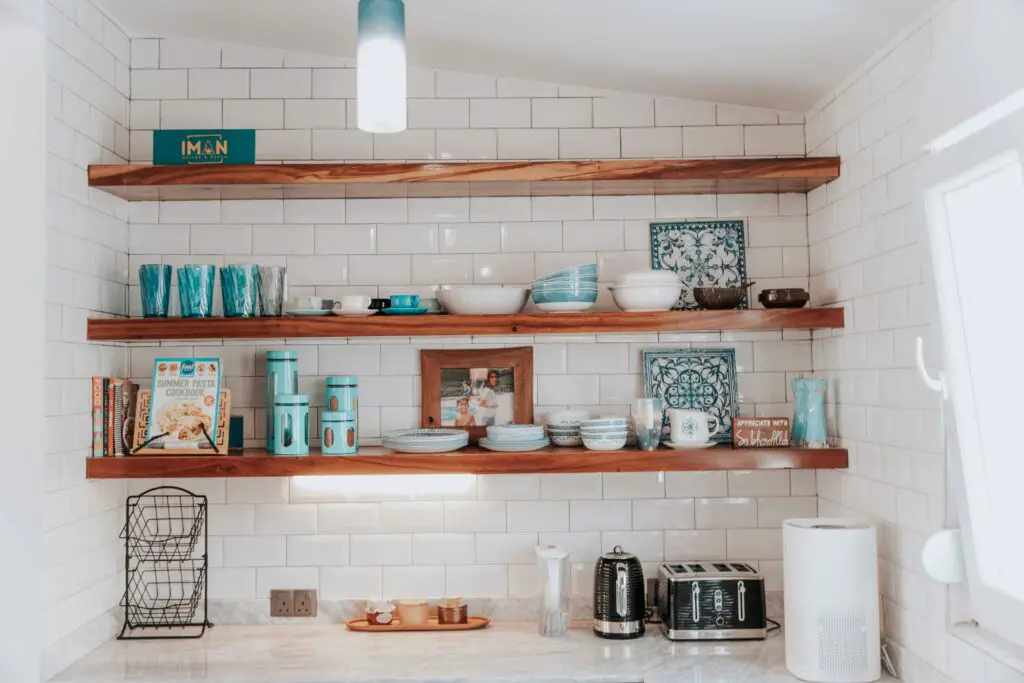
Open shelving can look sleek, but according to Southern Living, it’s also a magnet for dust, grease, and bugs. Without protective cabinet doors, food residue and crumbs are left out in the open, making it easy for pests to find their next snack. Mold can also build up if dishes are not fully dry before being stacked. What seems like a minimalist move could actually lead to a maintenance nightmare.
Pests like ants and cockroaches thrive in environments where crumbs and moisture are accessible. Even clean homes can fall victim if the shelves aren’t wiped down constantly. Add in the risk of airborne grease from cooking, and you’ve got a breeding ground for bacteria. It’s a beautiful look with an often grimy downside.
5. Overstuffed Closets
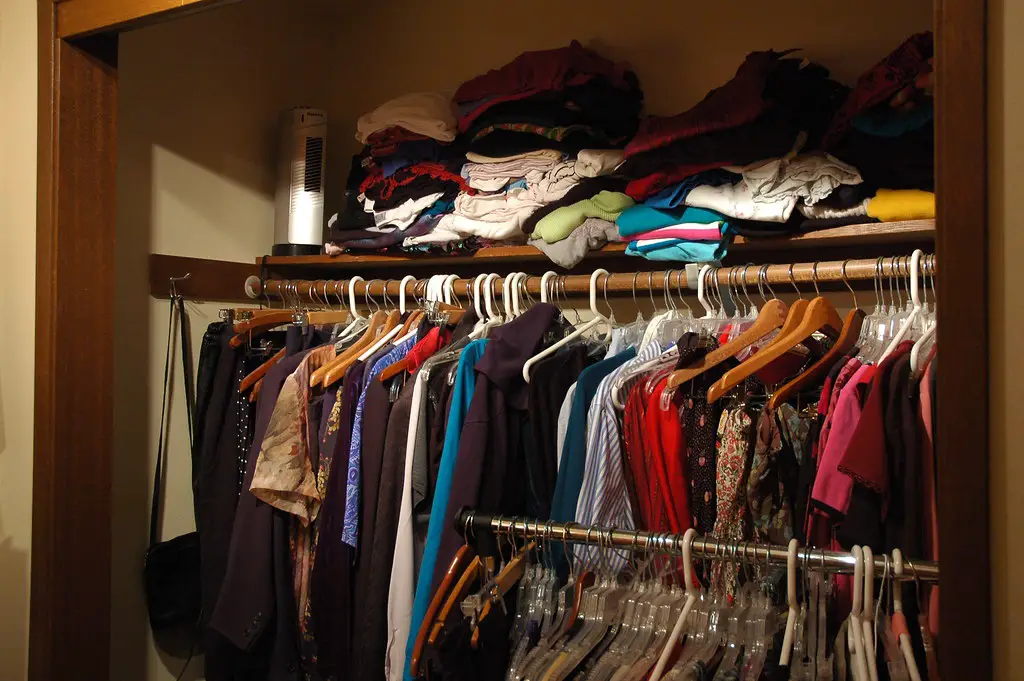
Cramming your closet full might seem like a good storage solution, but it restricts airflow and creates a damp, stagnant environment. Lack of circulation can lead to musty odors, mildew, and even fabric pests like silverfish. Items stored tightly together prevent moisture from escaping, especially in older homes without built-in ventilation. While it feels like clever organization, it can backfire badly.
Closets near exterior walls are even more vulnerable. Cool walls meeting trapped indoor humidity create condensation zones. That moisture has nowhere to go, encouraging mold. It’s worth leaving breathing room between items and checking corners regularly.
6. Wall-Mounted Headboards
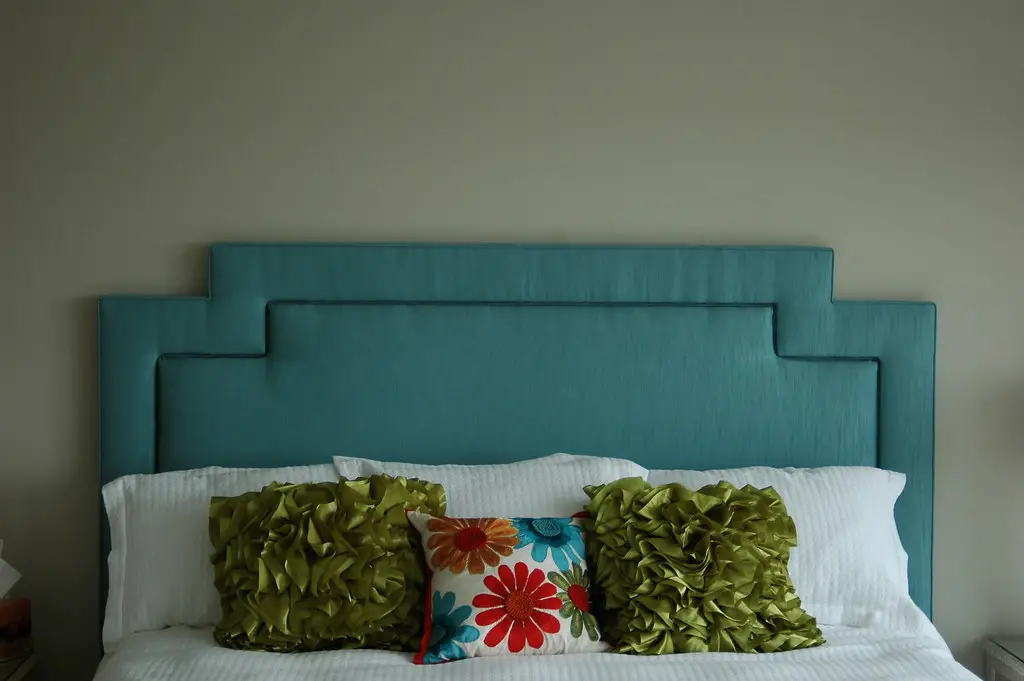
Wall-mounted upholstered headboards are trendy, but they’re notorious for trapping dust and dampness. The material can absorb moisture from steam, sweat, or even humidifiers, creating a haven for mildew and bacteria. These areas are rarely cleaned since they’re pressed right up against the wall. Over time, a stylish design element can become a health risk.
They also attract pests like dust mites, especially in homes with high humidity or minimal air conditioning. Foam or batting inside the headboard can hold moisture for days. Mold often starts invisibly, behind the headboard or deep in the fabric. Choosing removable and washable alternatives is often safer.
7. Floating Bathroom Vanities
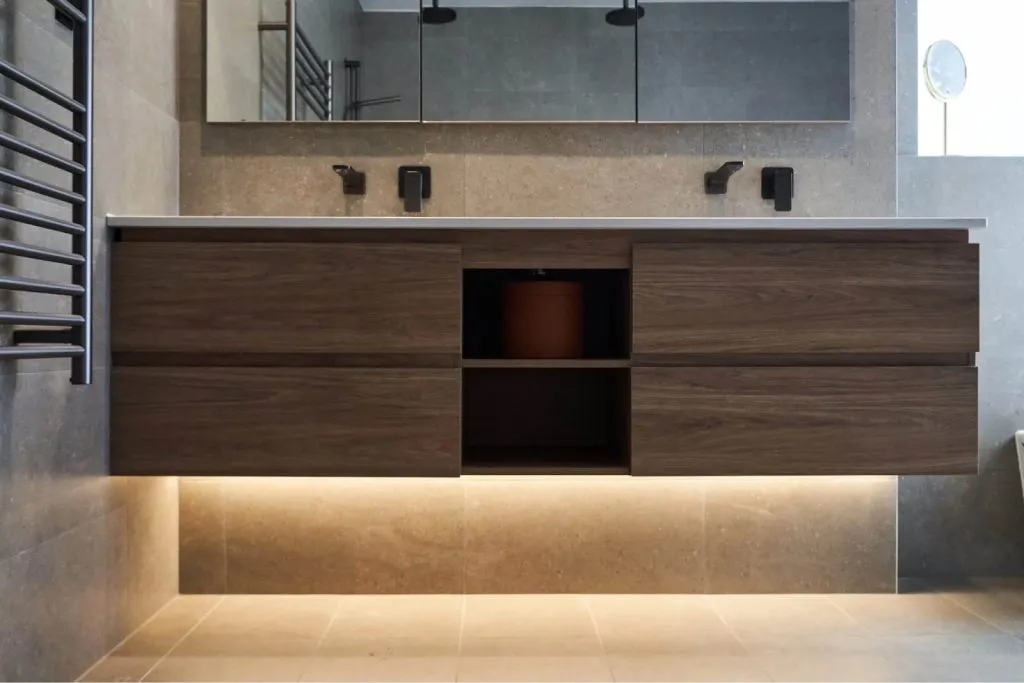
Floating vanities offer sleek, modern lines but also create dark, hard-to-clean gaps under the cabinet. These shadowed spaces collect hair, moisture, and dirt, all of which can attract insects. Mold loves hidden, damp crevices, especially in bathrooms with poor ventilation. What looks open and airy can hide a growing problem below.
Leaks from the sink or pipes may go unnoticed longer than with floor-mounted cabinets. Water drips down, pooling beneath the vanity, and spreads mold quickly in the closed-off space. Daily bathroom use creates the perfect storm of moisture. Consider open shelving or regular cleanouts if you love the look.
8. Window Box Planters
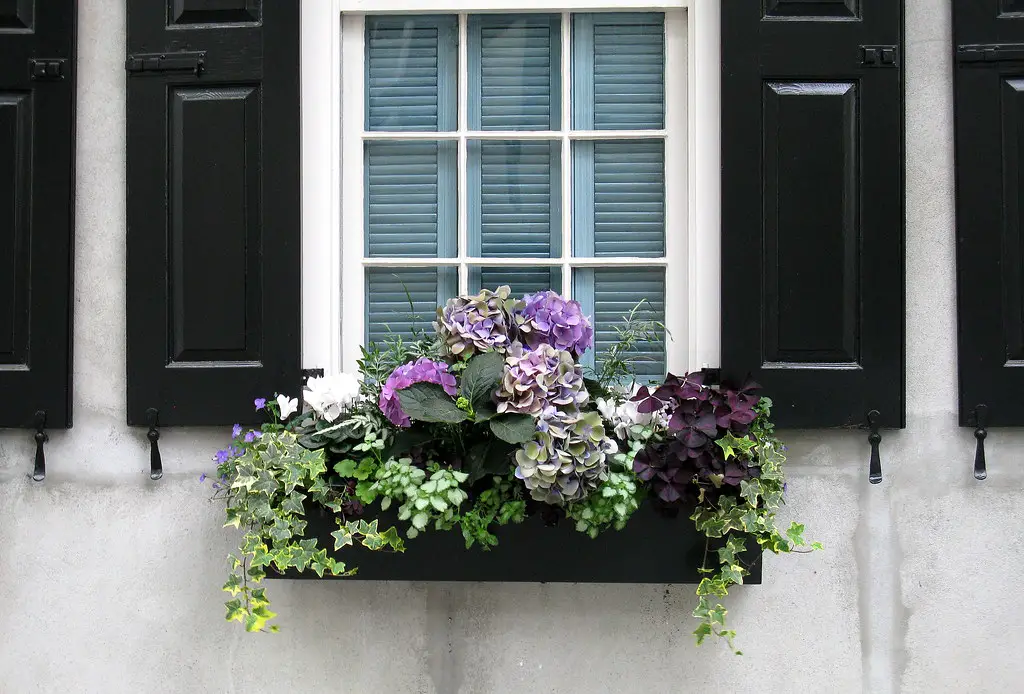
Window box planters can brighten up a home’s exterior, but they can also cause rot and mold. If drainage isn’t perfect, water will sit in the box or drip onto the siding below. Over time, excess moisture damages paint and creates conditions where pests and fungi thrive. What starts as a cute design touch can lead to costly repairs.
Many planters are made of porous materials like wood, which absorb moisture. This can weaken the box itself and the wall it’s attached to. Bugs like carpenter ants are drawn to decaying wood. Make sure your boxes are properly sealed and angled for drainage.
9. Floor-Length Curtains
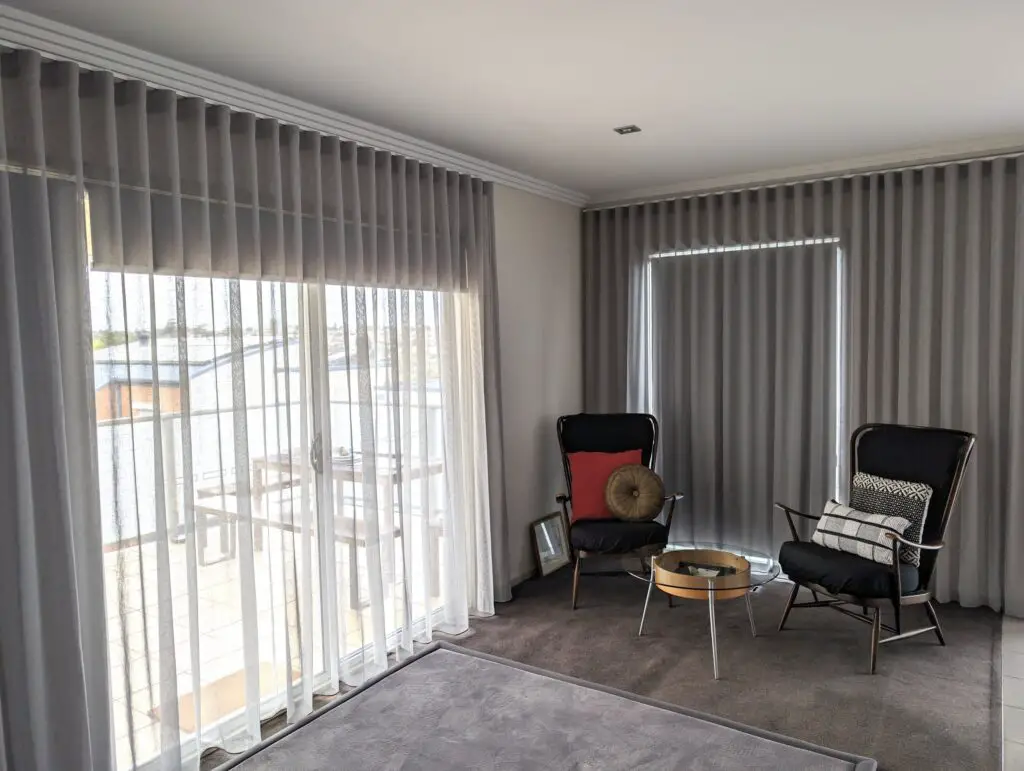
Long, dramatic curtains that pool on the floor may look elegant, but they also collect dust and trap moisture. In rooms with poor ventilation or high humidity, mold can grow unnoticed along the fabric and hem. Curtains that are rarely cleaned become ideal nesting grounds for dust mites and pests. They’re decorative, but they also add upkeep demands.
Homes with pets or wall-to-wall carpet are particularly vulnerable. Animal dander and tracked-in moisture cling to the fabric. Once wet, it takes a long time for heavy curtains to dry fully. Shorter, washable window treatments can help reduce the risk.
10. Reclaimed Wood Accents
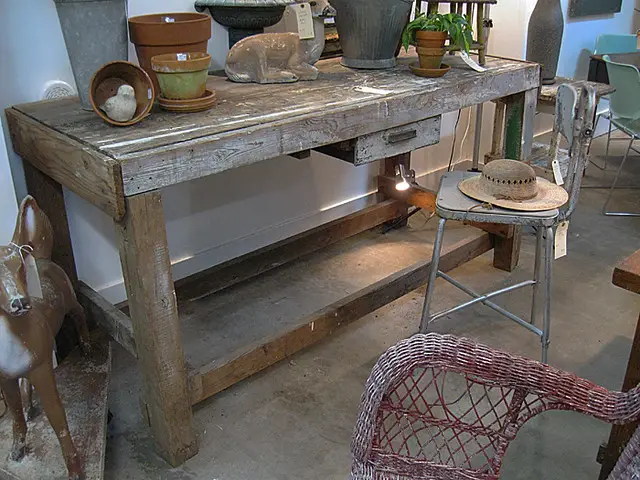
Reclaimed wood walls and beams are charming, but they sometimes come with leftover pests. Without proper sealing, the old wood can harbor mold spores or even beetle larvae. Its porous nature makes it easy for moisture to sink in and linger. Even a small leak nearby can turn a decorative feature into a maintenance nightmare.
Dry climates reduce the risk, but anywhere humid raises the stakes. Older materials don’t always meet today’s sealing and treatment standards. Aesthetic upgrades should never compromise home health. Consider kiln-dried and properly treated options for peace of mind.
11. Stone Pebble Shower Floors
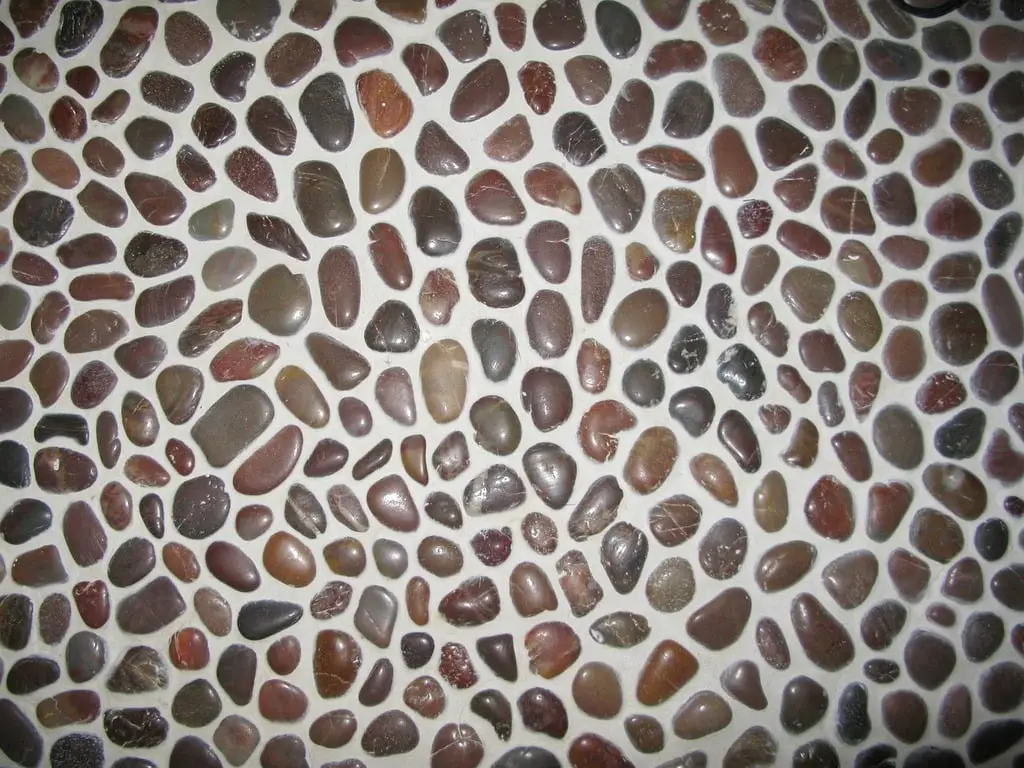
Pebble tile floors in showers look spa-like but are incredibly hard to keep clean. The uneven surface traps water between the stones and the grout, encouraging mold and mildew to grow. Unless sealed meticulously and cleaned often, the floor can develop unpleasant odors and staining. That peaceful, natural vibe comes with high maintenance.
Additionally, water can seep through poorly installed pebbles into the subfloor. Over time, this causes structural damage and hidden mold growth. These floors are rarely as waterproof as they appear. Simple ceramic or vinyl tile options may offer a safer long-term alternative.
12. Indoor Water Features

Indoor fountains and water walls are marketed as calming, but they can introduce significant moisture into your living space. This added humidity promotes mold growth on nearby walls, floors, and ceilings. Water that isn’t cleaned regularly also becomes a breeding ground for bacteria and insects. Though stylish, these features demand frequent upkeep.
Homes with poor airflow or already high humidity levels are especially at risk. The sound of trickling water might be relaxing, but it may come at the expense of air quality. Mold isn’t always visible at first—it grows behind furniture or baseboards. Think twice before adding water features without strong ventilation in place.
